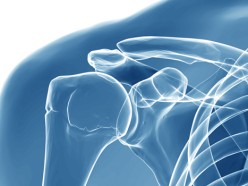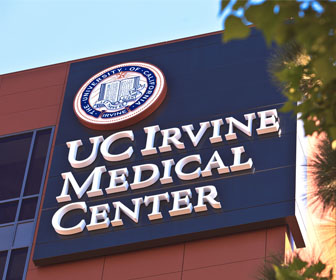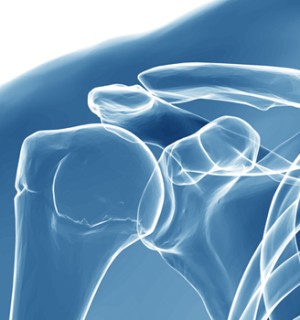Neck and back pain is often linked to nerves that are compressed because of a lack of sufficient space. This typically happens when herniated discs, slipped vertebra (spondylolisthesis), bone spurs, or abnormalities like lumbar (lower back) or cervical (neck-related) spinal stenosis crowd nerve roots. One less invasive way to create more room for spinal nerves is with a procedure known as a microlaminectomy.
What Is a Microlaminectomy?
The back of the spinal canal has a bony, protective covering called the lamina. When a microlaminectomy is performed, the lamina is removed to create more space for nerves. It's a minimally invasive form of a traditional open laminectomy performed with smaller incisions and specialized instruments. Patients often benefit from less post-operative pain, fewer surgical risks, and a shorter recovery period.
The most common reason to remove the lamina is because of spinal cord or nerve compression. In some cases, a microlaminectomy is performed to access a damaged intervertebral disc that will be corrected with another procedure. For instance, the lamina may need to be removed if a herniated disc is in a part of the back or neck that's difficult to reach with other methods.
How it’s Done
A microlaminectomy can be performed as what's termed a "mini-open" procedure with smaller incisions and instruments. If a tubular version of a microlaminectomy is done, a small tube is inserted through an incision. Larger tubes are progressively inserted until there is enough room to perform the steps necessary to remove the lamina. Retractors can also be used to place discs back into their normal position if the reason for a microlaminectomy is disc "bulging" or slippage.
A lighted tube with a camera attached called an endoscope is usually inserted to provide a more detailed view of the affected area. With some procedures of this nature, a surgical microscope is used to help with visualization. General anesthesia is typically used for all forms of a microlaminectomy.
Minimally-Invasive Back Surgery for Nerve Compression
Posted On: 02-15-2019

See Related Articles
5 Common Types of Shoulder Surgery
There are multiple shoulder injuries and conditions a person ...
Posted On: 10-19-2018
read more
6 Dangers of Drinking Soda
The availability of studies that warn about the risks of dri ...
Posted On: 09-09-2015
read more
Are You Getting Too Much Calcium?
Calcium is necessary for your muscle function, for healthy t ...
Posted On: 06-25-2016
read more
Arthritis More Common in Younger Adults
According to a new study in Arthritis & Rheumatology, more y ...
Posted On: 12-01-2017
read more
Back Injuries: When Should You See Your Doctor?
In most instances, back pain related to minor injuries resol ...
Posted On: 04-15-2016
read more
Do I Really Need a Yearly Physical?
In recent years, several studies have argued against the nee ...
Posted On: 04-29-2015
read more
Do Your Joints Ache When it Rains?
It’s a popular notion that joint pain tends to intensify d ...
Posted On: 12-15-2017
read more
Does Shapewear Cause Health Problems?
Compression undergarments that shape and smooth are quite po ...
Posted On: 04-27-2015
read more
Eating Healthy Now for Old Age
Your eating habits now could translate into a healthier old ...
Posted On: 11-10-2017
read more
Feedback
















.jpg&w=300&h=320)
.jpg&w=300&h=320)
.jpg&w=300&h=320)
















